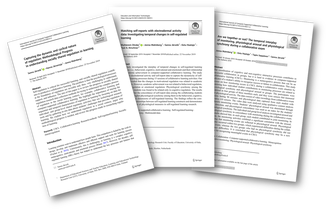
Recently three methodologically oriented papers of CLEVER project researchers were published. The first paper of Järvelä et al. (2019) considers the methodological progress of socially shared regulation research. Two empirical papers by Dindar et al.(2019) and Malmberg et al.(2019) utilize different streams of data from our previous multimodal data collections and serve as grounds for on-going analysis of the CLEVER project data. Here short summaries and links to the open access papers:
Järvelä, S., Järvenoja, H. & Malmberg. J. (2019).
Capturing the dynamic and cyclical nature of regulation: Methodological progress in understanding socially shared regulation in learning. International Journal of Computer Supported Collaborative Learning 4, 425-441. https://doi.org/10.1007/s11412-019-09313-2 (open access)
The paper reviews our progress in socially shared regulation research data collection methods for trying to understand the complex process of regulation in the social learning context, for example, collaborative learning and computer-supported collaborative learning. We highlight the importance of tracing the sequential and temporal characteristics of regulation in learning by focusing on data for individual- and group-level shared regulatory activities that use technological research tools and by gathering in-situ data about students’ challenges that provoke regulation of learning. We explain how we understand regulation in a social context, argue why methodological progress is needed, and review the progress made in researching regulation of learning.
Dindar, M., Malmberg, J., Järvelä, S., Haataja, E., & Kirschner, P. A. (2019).
Matching self-reports with electrodermal activity data: Investigating temporal changes in self-regulated learning. Education and Information Technologies.
https://doi.org/10.1007/s10639-019-10059-5 (open access)
The study of Dindar et al. (2019) investigated the interplay of temporal changes in self-regulated learning processes and their relationship with academic achievement in computer-supported collaborative learning. The study employed electrodermal activity and self-report data to capture the dynamicity of self-regulated learning processes during 15 sessions of collaborative learning activities. Findings of the study revealed that the changes in motivational regulation was related to academic achievement. However, academic achievement was not related to behavioral regulation, cognitive regulation or emotional regulation. Physiological synchrony among the collaborating students was found to be related only to cognitive regulation. The results also showed that the concordance of self-report data among the collaborating students was related to higher physiological synchrony among them in the behavioral, cognitive, and motivational dimensions of self-regulated learning. The findings reflect the complexity of the relationships between self-regulated learning constructs and demonstrates the potential value of physiological measures in self-regulated learning research.
Malmberg, J., Haataja, E., & Järvelä, S. (2019).
Are we together or not? The temporal interplay of monitoring, physiological arousal and physiological synchrony during a collaborative exam. International Journal of Computer-Supported Collaborative Learning.
https://doi.org/10.1007/s11412-019-09311-4 (open access)
The study of Malmberg et al. (2019) focused on how monitoring occurs in CSCL during a collaborative exam situation by examining how individual student contributions to monitoring processes are related to physiological synchrony and physiological arousal in groups. The data consist of video recordings from collaborative exam sessions lasting 90 minutes and physiological data captured from each student with Empatica 4.0 sensors. The video data were analysed using qualitative content analysis to identify monitoring events. The analysis investigated arousal and physiological synchrony in concordance with monitoring during the collaborative exam. The results showed that, in each group, each student contributed to joint monitoring. In addition, the monitoring activities exhibited a significant correlation with the arousal, indicating that monitoring events are reflected in physiological arousal. Physiological synchrony occurred within two groups, which experienced difficulties during the collaborative exam, whereas the two groups who had no physiological synchrony did not experience difficulties. It is concluded that physiological synchrony may be a new indicator for recognizing meaningful events in CSCL
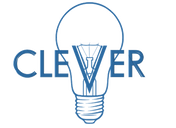
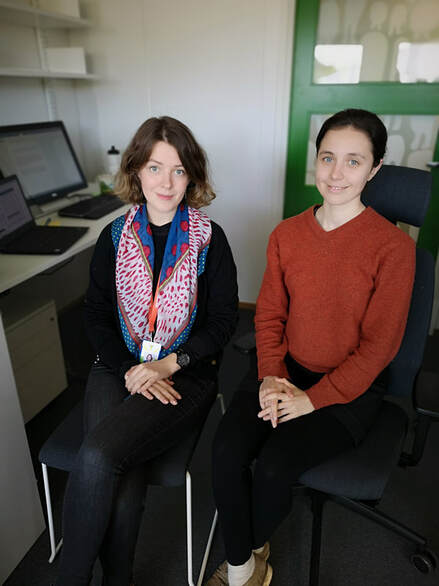
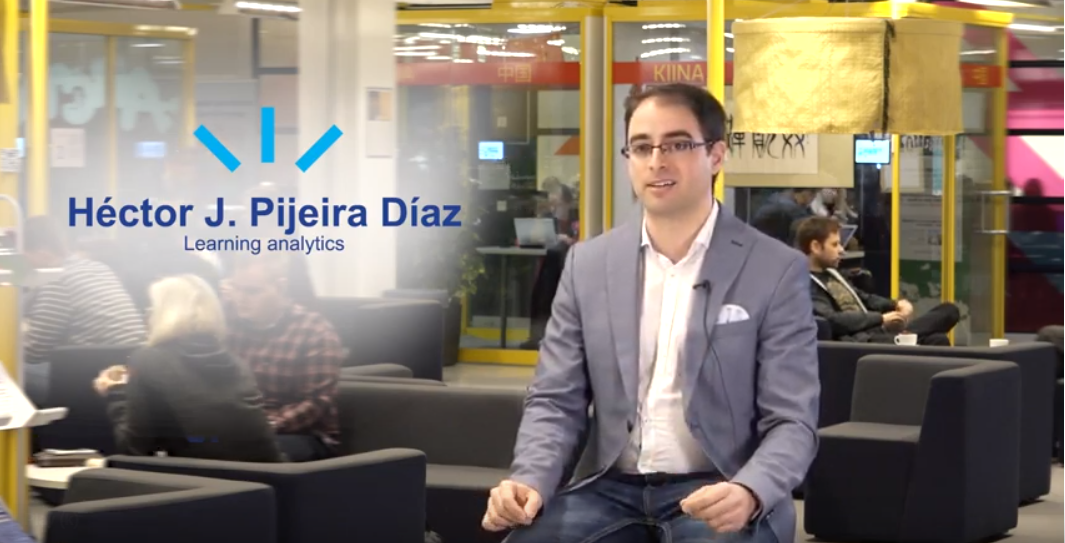
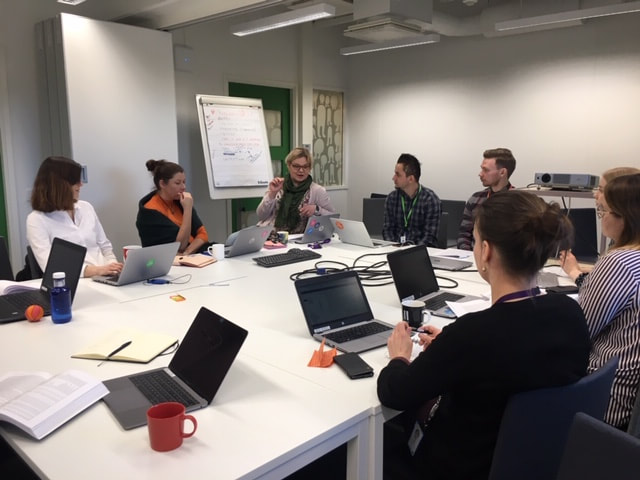
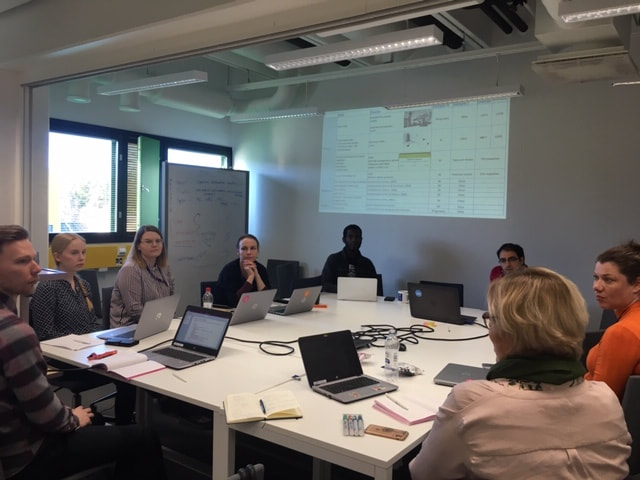

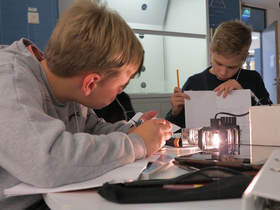
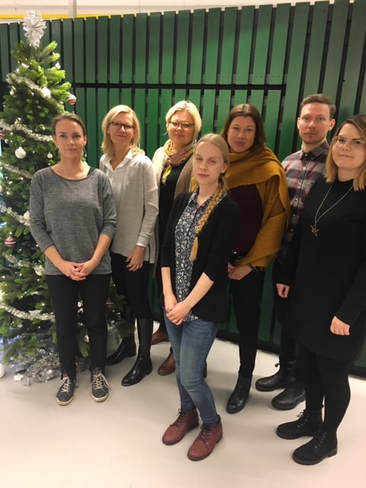
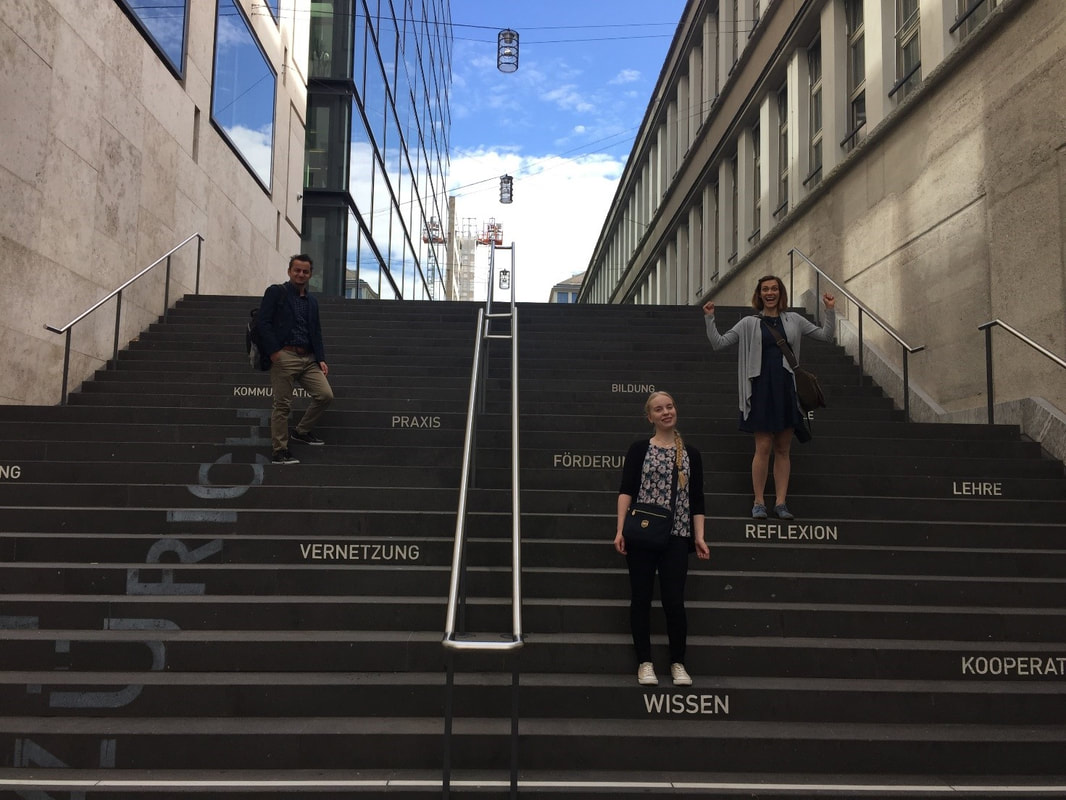
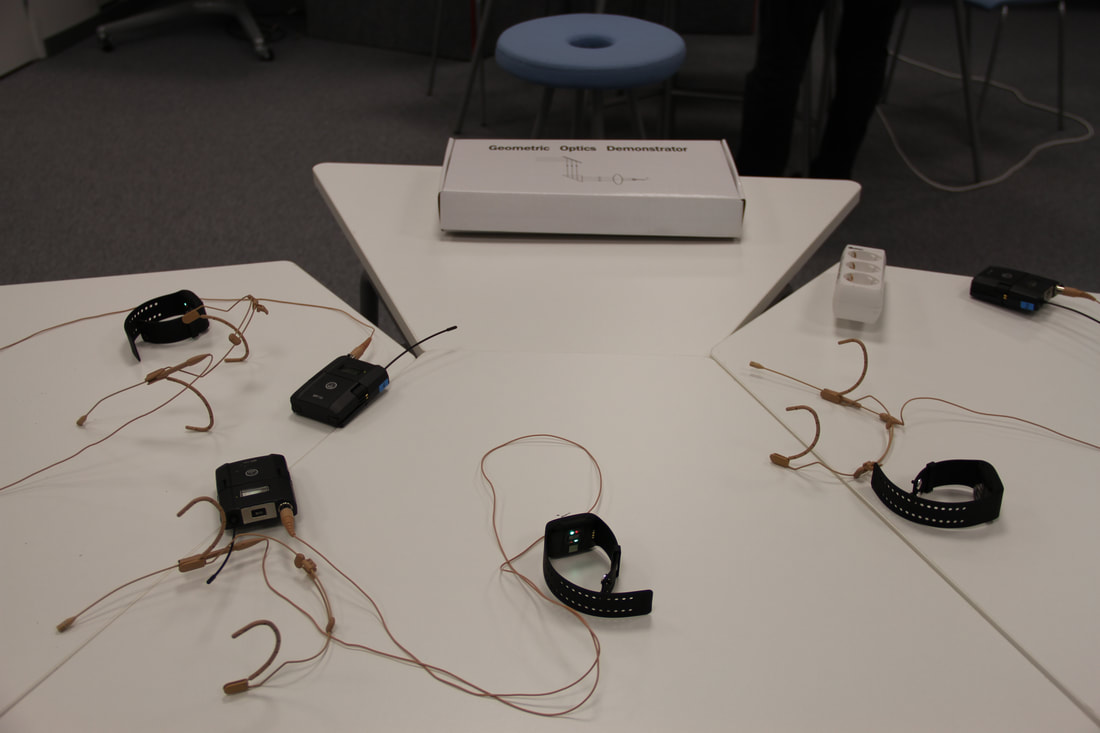

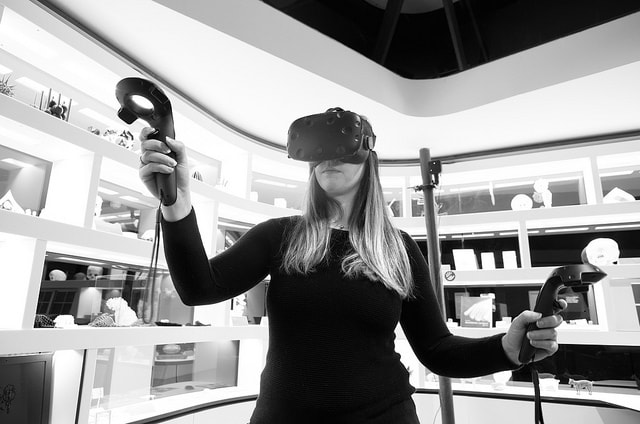
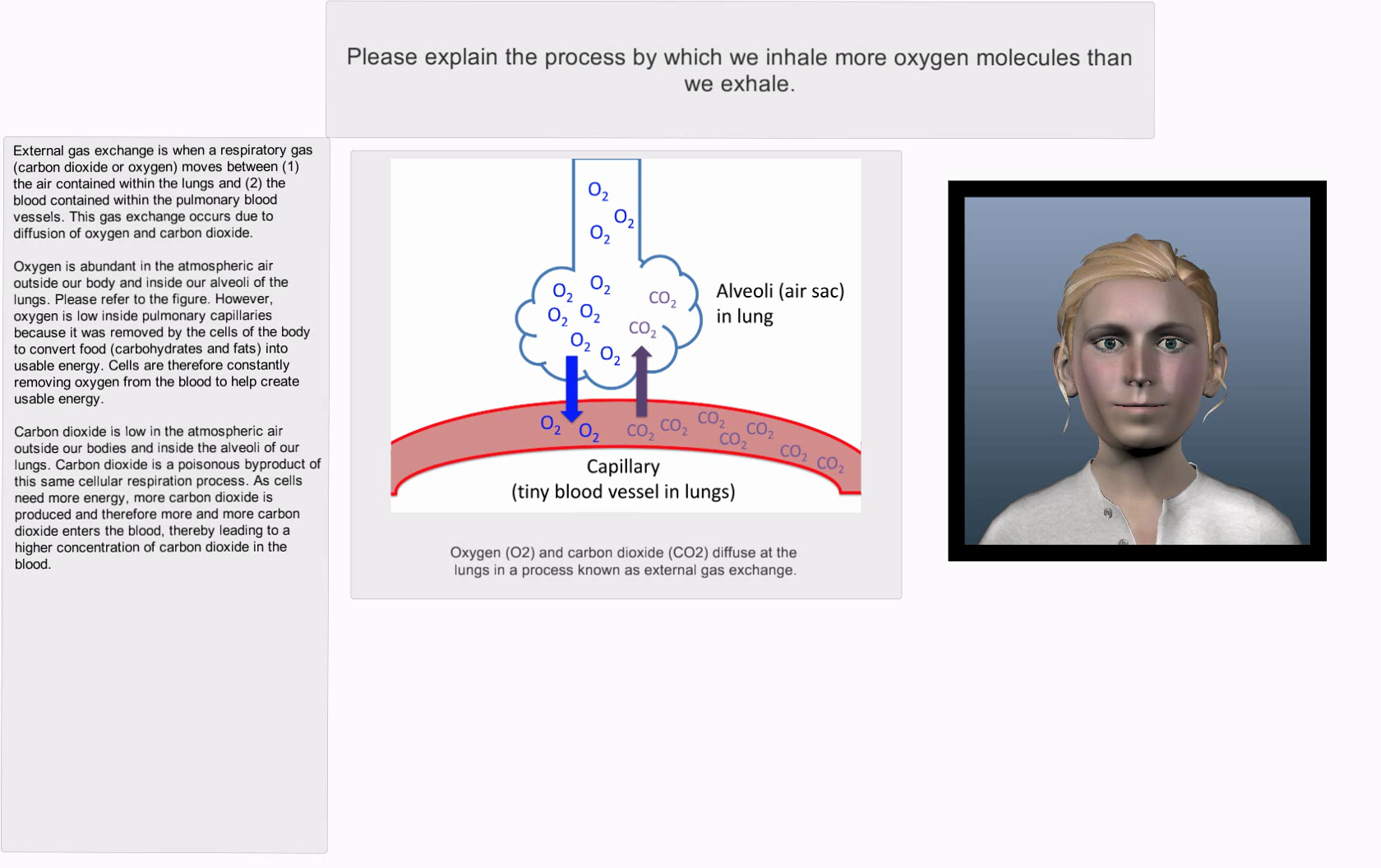
 RSS Feed
RSS Feed
